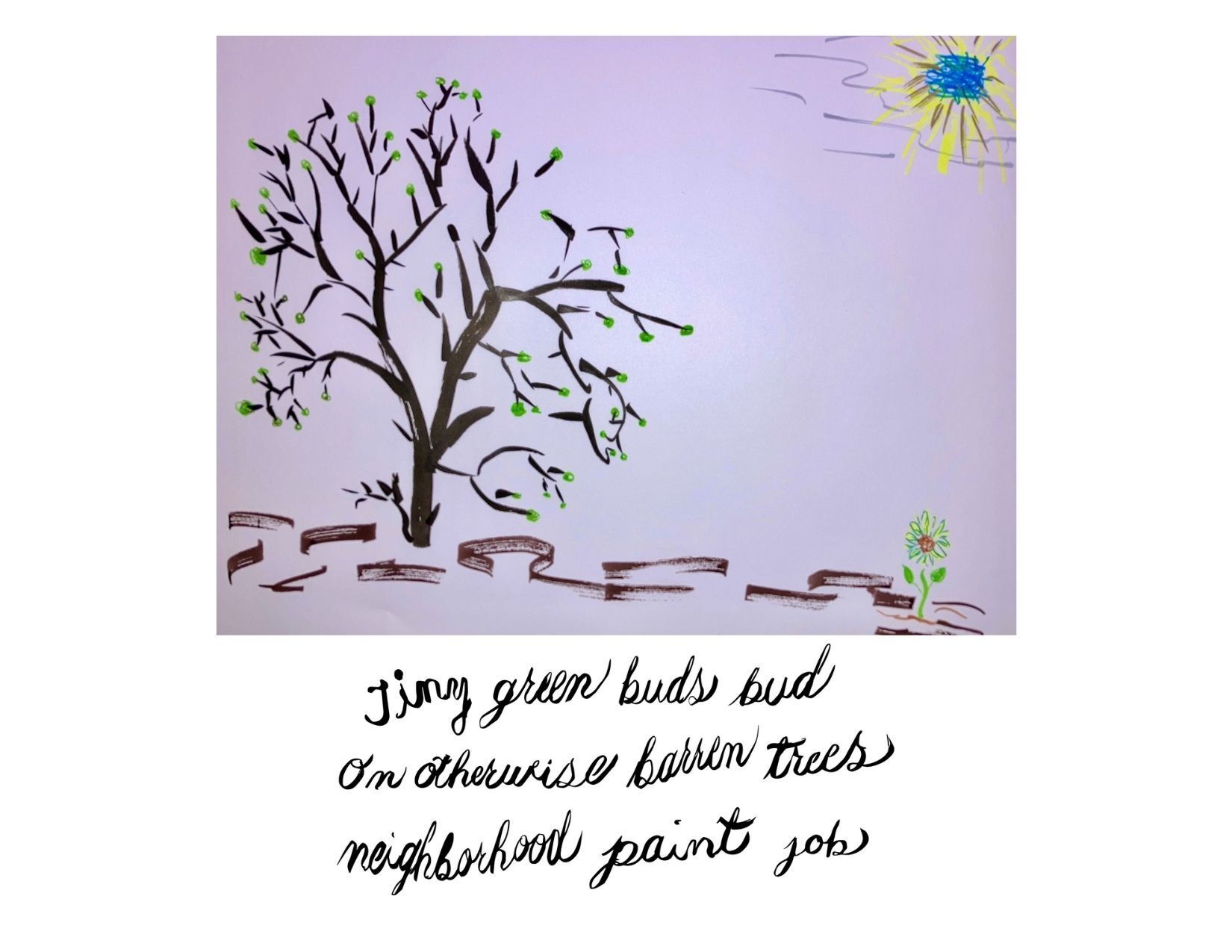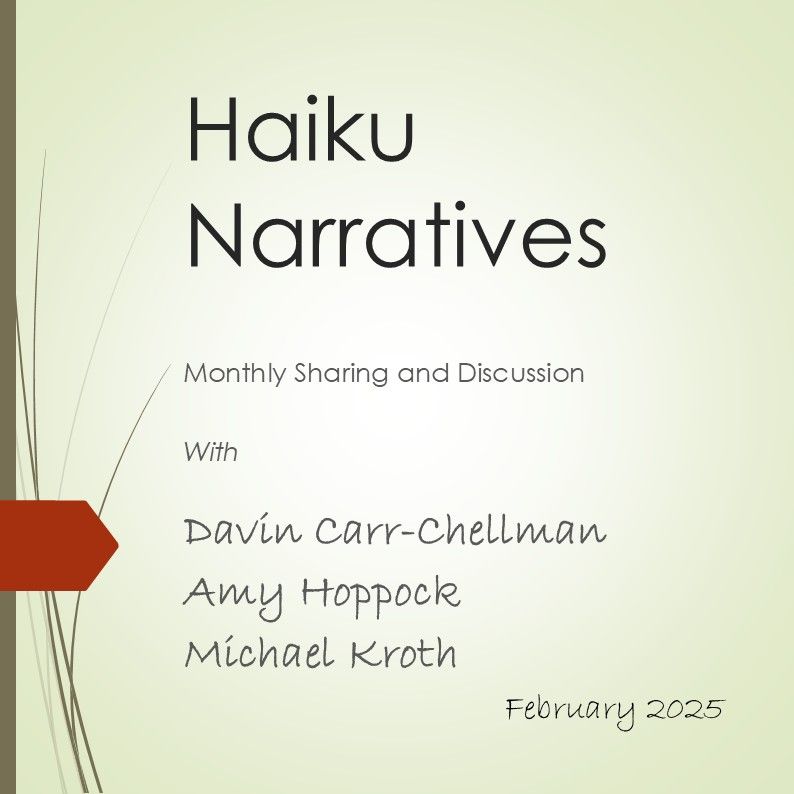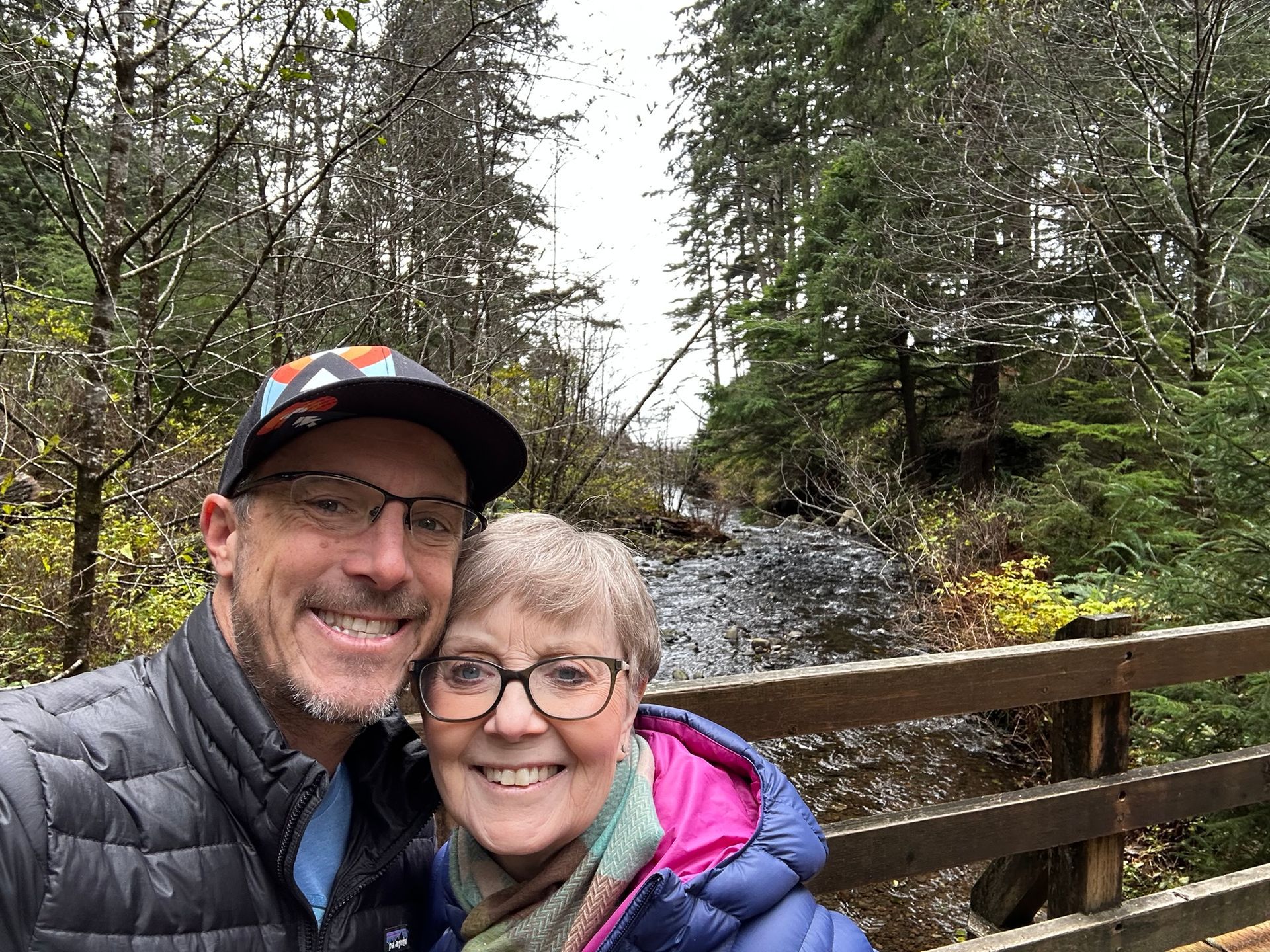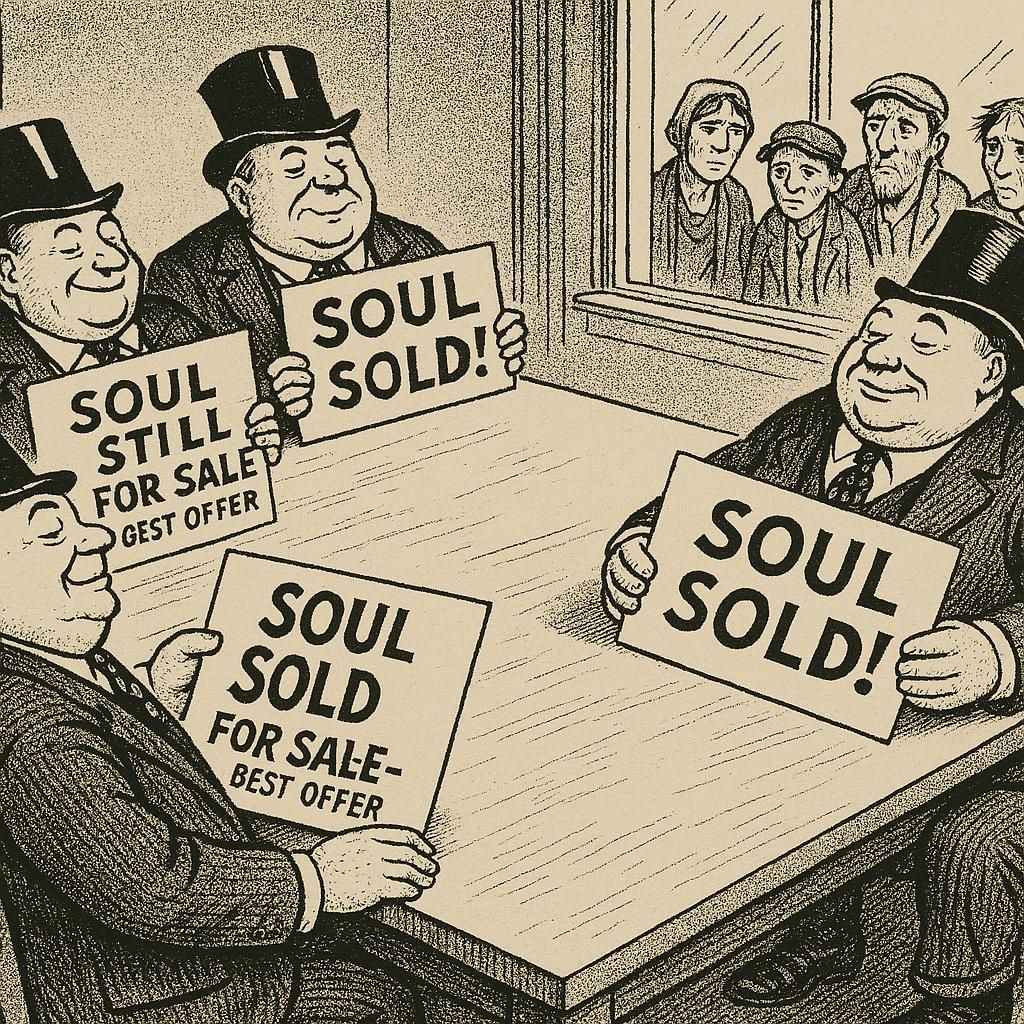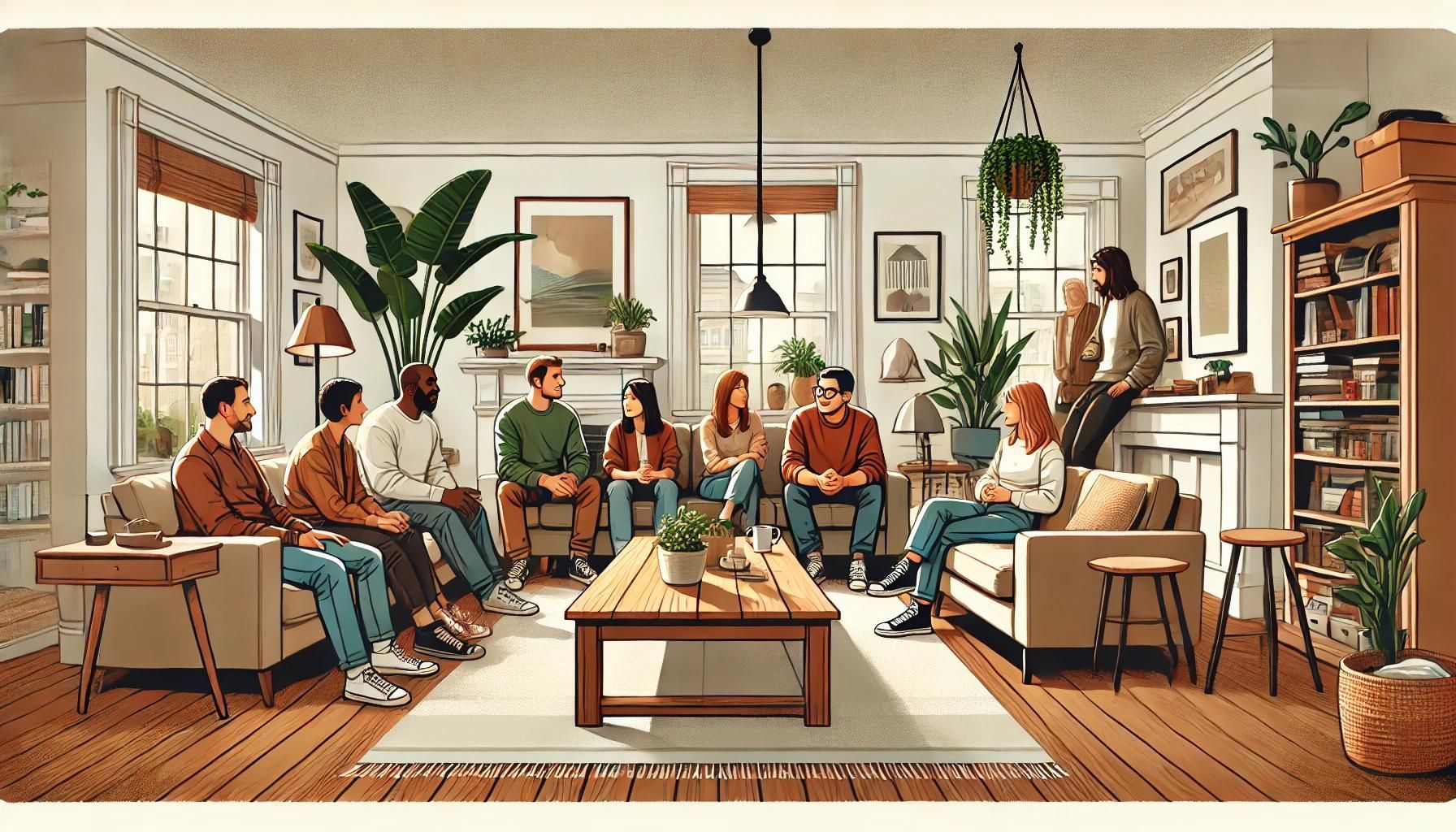The Elegant Haiku
Silence speaks to us
Listening in deep quiet…
Hear what you long for!
~Patricia Leyko Connelly1
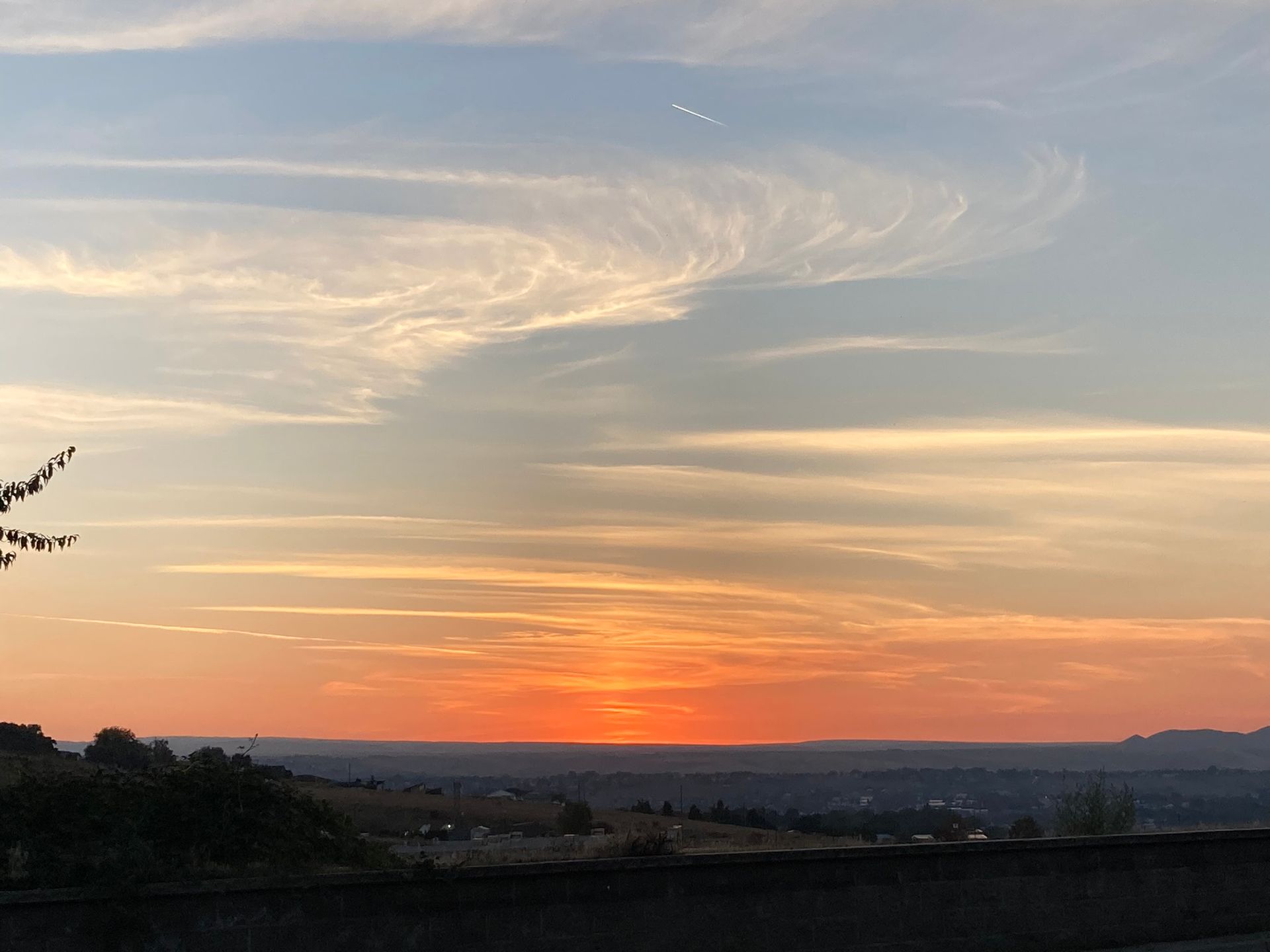
Haikus are elegant, as reading Patricia Leyko Connelly’s poem demonstrates. Just a few words in length, a haiku carries rich meaning. Each word must carry its own weight and contribute to the larger, but still slender, verse. Together, the few syllables comprising haikus2 represent the Big Bang of the written word. A tiny haiku explodes with timeless, deep, and vast import. Some are humorous, some deadly serious, all are robust. Using another naturally occurring metaphor, each haiku is pregnant with meaning both for the one who conceived it and for the ones to whom it is delivered. The creation process for these evocative morsels continues as people read, reread, ponder, and consider them. Such is the generative destiny of all forms of art.
Haikus are an elegant form, perhaps the most elegant form, of poetry. Poetry as a genre lends itself to elegant expression through the written word. Haikuscheck all the boxes for the characteristics of elegance, and the practice of writing and reading haikus regularly elegancifies (see this for a definition) how we experience life and who we become as a person. Well-conceived and expressed haikus: 1) are timeless, 2) embody “simplicity plus capaciousness”3; and 3) are built on detailed description of observed phenomena wrapped subtly into a package of just a few, well-designed words which encapsulate underlying, generative, and profound questions and ideas. As in all practices, while anyone can write a haiku, mastering the craft requires consistent practice and growth over considerable time.
Judith Valente, along with Br. Paul Quenon and Michael Bever, wrote a book titled, The Art Of Pausing: Meditations For The Overworked And Overwhelmed.4 In it, the authors wrote haikus which speak to “one of the 99 names of God referred to in sacred texts.”4 Here are two which Judith wrote for the book:
God, the Friend
Day of solitude
Six wild turkeys come to stay
No one is alone
~Judith Valente
God, The Eternal
Pre-dawn silence
Earth murmurs ancient secrets
We listen, or not
~Judith Valente
In both poems, aspects of nature are included. Deeply felt words and expressions – solitude, Earth murmuring ancient secrets, listening, aloneness – are included. A turn of phrase – “no one is alone,” “we listen, or not” quickly brings a different perspective or an insight which gives the occasion a different interpretation.
This is what a timeless, subtle, well-and-parsimoniously-crafted, personally-interpreted-but-universally-relatable - yes elegant - haiku looks like.
As with all practices, we “become” what we do. One becomes a marathoner by running marathons. “I have run a marathon” means one has completed a marathon, but there is something closely related to one’s identity after making marathon-running a part of life rather than a one-off experience, impressive as it is. I have completed three marathons, years ago now, and I can accurately say I have run marathons, but it is the person who trains for and completes marathons as an ongoing part of life who has become a marathoner. Marathoner is who they are.
One can dash off a haiku a day, as I do too often, or one can make haiku writing a part of daily experience. One can approach life with, as Patricia Donegan calls it, a “haiku mind.”5 She said,
“A fine haiku presents a crystalline moment of heightened awareness in simple imagery, traditionally using a kigo or season word from nature. It is this crystalline moment that is most appealing. However, this moment is more than a reflection of our day-to-day life—it is a deep reminder for us to pause and to be present to the details of the everyday. It is this way of being in the world with awakened open-hearted awareness—of being mindful of the ordinary moments of our lives—that I’ve come to call ‘haiku mind.”
The haiku mind, as she described, is “the awareness to tune in to the vastness of the moment…when we can pause and relax in the moment, that is our haiku mind: the awakened, openhearted awareness that we can tap into. Every good haiku,” she wrote, “captures such a moment and is a reflection of our haiku mind.” She uses haiku, “not just as a literary form, but also as an awareness practice”.
In this sense, writing haikus can become a path for contemplative work and the present moment experience of simply emptying of minds so we can richly notice the world right in front of us. This too is elegant, and the process of creating the haiku from quieting, becoming aware, interpreting that awareness of direct experience through the spare form of a haiku, elegancifies our own being and becoming as well.
Haiku’s, with their minimalist structure, intimate revelation, and detailed-while-nuanced expression are parsimoniously sublime.
Haikus – reading or writing them – and other manifestations of elegance are available for everyone
As I previously reported, I asked Google alerts to send me links whenever a story about elegance popped up in the news. By far, the stories which come to me are about items or experiences that I couldn’t afford, nor could most folks I know afford, in a million years. High class fashion, expensive cars, celebrity celebrations – you get the idea – are what get reported and are what many of us think about when we think about the word elegance. If “expensive” were one of the principal attributes of what it means to be elegant then most of the world could never experience elegance.
But anyone can, it turns out. Writing or reading haikus can cost almost nothing. Think of the attributes of elegance and see if you can name some other ways that people of any income level can experience it. For me, Tai chi comes to mind. Tai chi originated in ancient China and is a practice involving slow, meditative, specific movements. As one becomes more proficient, more movements, known as ‘forms’, can be added to the routine. I have completed many times a wobbly version of the 24-movement routine from memory, which is a standard for beginners. My tai chi practice has waxed and waned over the last few years, but I count it as one of my anchors for a lengthy health span. Tai chi ties so much together – it’s meditative, simple-but-challenging, spiritual, something which can be practiced and improved over a lifetime. It is elegant and it is the opposite of the elite materialism of expensive consumption.
Inexpensive elegance is found in arts, crafts, and other physical items and I bet you could find some at an art fair or other places.
What are some examples of elegance that you could incorporate into your life?
-------------------------------------------------------
Afterword
I wrote my first haiku on January 21, 2019 when I began reading The Art of Pausing: Meditations for the Overworked and Overwhelmed, by Judith Valente, Brother Paul Quenon, and Michael Bever. Judith Valente, writing in the introduction, Pauses Written On Our Days, recommended writing a haiku poem every day. I immediately began writing a haiku every day. She recommended finding one or more people to share haikus amongst each other. “The haiku exchange,” she wrote, “is a way of building community and recognizing that none of us is alone, has a lock on truth or insight. After reading that, I very quickly reached out to Kelly Anderson and we began exchanging haikus, and soon added Davin Carr-Chellman. Kelly moved on to another art form, painting, and now makes beautiful, whimsical works of art. Amy Hoppock joined Davin and me and we have continued exchanging haikus monthly since September, 2019. We have made, as of this writing, 44 monthly recordings we call Haiku Narratives, where we share our reflections of each other’s poem. We even wrote a haiku book together, Framing the Moment: Haiku Conversations.6 The foreword to the book was beautifully written by . . . .
Wait for it . . . .
Judith Valente.
Since January 21, 2019, I have written a haiku most days. From the start, I made a pledge to myself that I would not worry about quality or how I might be judged by others or by myself. As a beginning haiku-ist I nearly always write using the traditional 5-7-5 syllable structure or a close iteration of it. I find the structure is freeing and the constraint forces me to be both creative and disciplined at once. Perhaps I will write haikus, as many do, in a less pre-set format as I continue to grow. To develop into deeper haiku writing I will need to, more and more, do as the master haiku writer Basho said, “To learn about the pine tree you must become one with the pine and drop your self-centered view”7 I stay close to nature in most of my haikus, but not always. I am not well versed in the history or the style of of haiku writing. I am clearly a journeyman here and slowly learning the craft, but I have become a haiku writer and it is part of who I am.
References
1 Connelly, P. L. (2023). Sacredness Surrounds Us in Every Season: Contemplative Reflections in Haiku Prayers, Photos and Long Poems, p. 59.
2 For a discussion about the number of English syllables or Japanese onji, sound symbols, found in haikus, see Chapter 8, The Form of Haiku, in Higginson, W. J., & Harter, P. (2013). The haiku handbook: how to write, teach, and appreciate haiku (25th anniversary ed.). Kodansha USA.
3 House, P. (2015). What is elegance in science? The New Yorker. https://www.newyorker.com/tech/annals-of-technology/what-is-elegance-in-science.
4 Valente, J., Quenon, P., & Bever, M. (2013). The art of pausing: meditations for the overworked and overwhelmed. ACTA Publications, pp. 11, 74, 158.
5 Donegan, P. (2008). Haiku mind: 108 poems to cultivate awareness and open your heart (1st ed.). Shambala, pp. xi, xiii, xv.
6 Hoppock, A. V., Kroth, M., & Carr-Chellman, D. (2021). Framing the Moment: Haiku Conversations.
7 As quoted in Donegan, P. (2008). Haiku mind: 108 poems to cultivate awareness and open your heart (1st ed.). Shambala, p. xii.
-----------------------------------------------------
2019 Haiku Published in Profound Living
I was so taken with writing haiku, one-a-day, that I shared some of them in Profound Living. Looking back, I published a LOT of them. Here are some from 2019. Remember – I’m just a wet-behind-the-ears-eager-beginner here.
Three Haiku, https://www.profoundliving.live/three-haiku
Imperfect Am I https://www.profoundliving.live/imperfect-am-i
I Have A Floppy-Eared Dog https://www.profoundliving.live/i-have-a-floppy-eared-dog
Cracked Windows https://www.profoundliving.live/early-morning-prayer
Branches Break Fog-Day https://www.profoundliving.live/branches-break-fog-day
Black Pavement Ahead https://www.profoundliving.live/black-pavement-ahead
The Art of Pausing – My Experience https://www.profoundliving.live/the-art-of-pausing-my-experience
Heveled https://www.profoundliving.live/heveled
Neighborly Fence-Talk https://www.profoundliving.live/fivehaiku
Haiku Hodge Podge https://www.profoundliving.live/haiku-et-al
Fun with Haiku https://www.profoundliving.live/i-ll-take-a-cloud-float
I Wore My Raincoat https://www.profoundliving.live/i-wore-my-raincoat
So I feel alive https://www.profoundliving.live/so-i-feel-alive
Poetry from the Profound Bartender https://www.profoundliving.live/post-title68cf131c
Profound Silence https://www.profoundliving.live/profound-silence
Painted Blue’n Gray https://www.profoundliving.live/painted-blue-n-gray
A Lake of Diamonds https://www.profoundliving.live/a-lake-of-diamonds
Soon the whole field flows https://www.profoundliving.live/soon-the-whole-field-flows
Fall Haiku https://www.profoundliving.live/a-comforter-of-leaves
Moon Smiling https://www.profoundliving.live/moon-smiling
At 5:00 a.m. Books are Written https://www.profoundliving.live/at-5-00-a-m-books-are-written
What are some examples of elegance that you could incorporate into your life?
